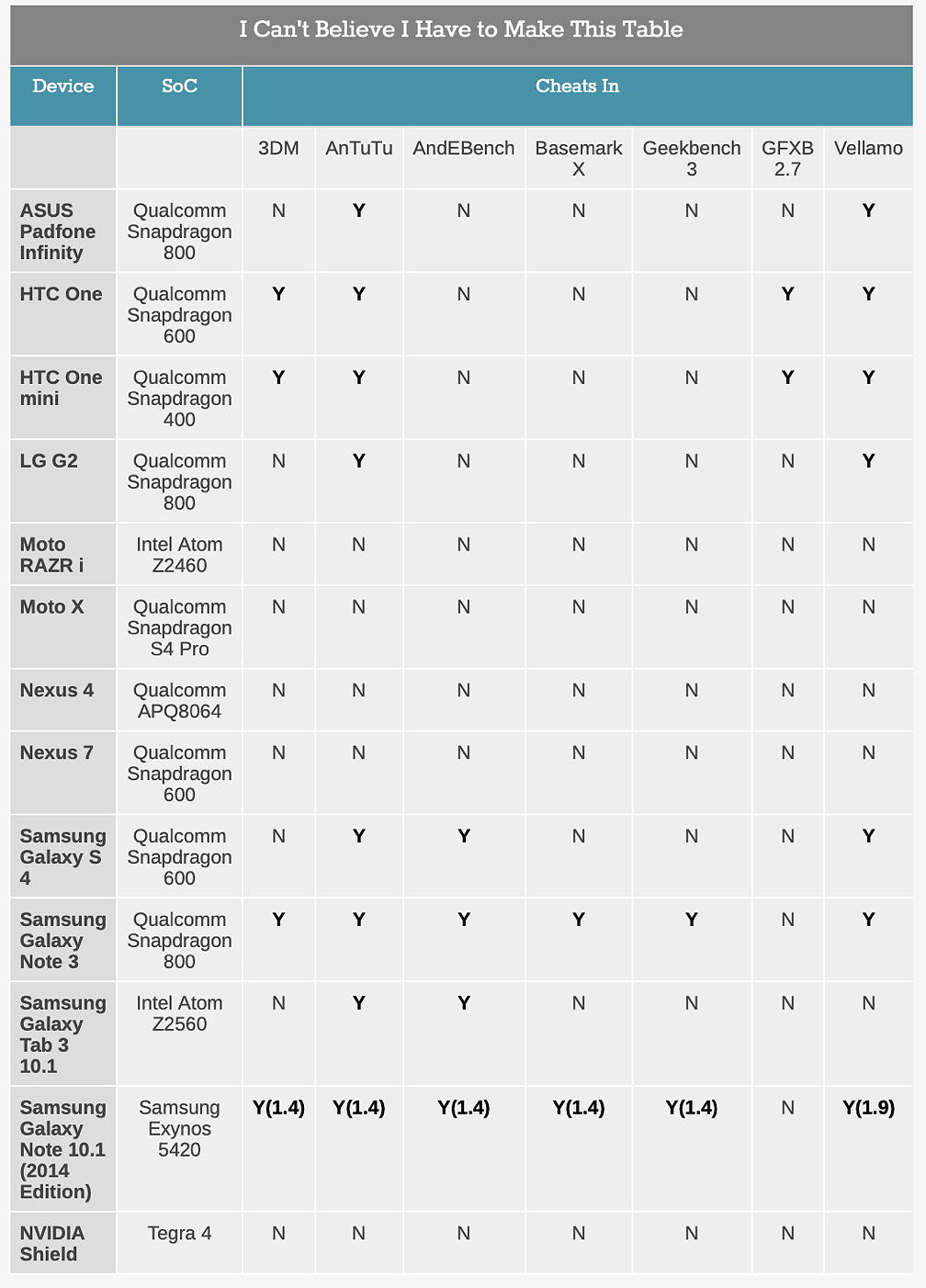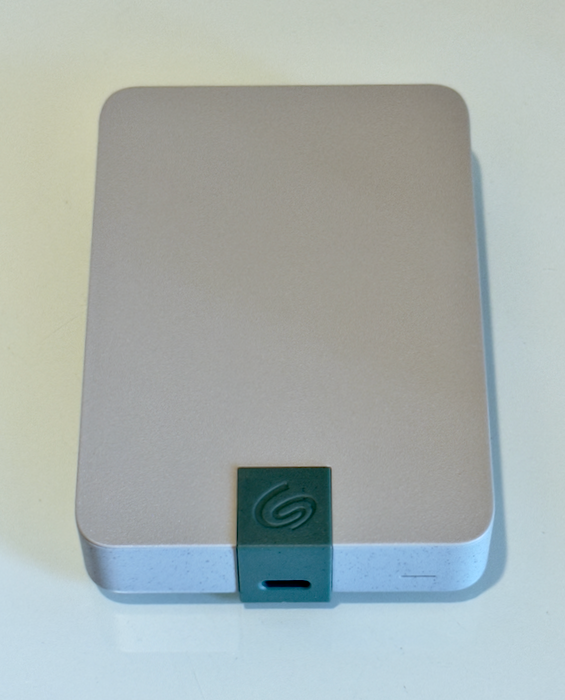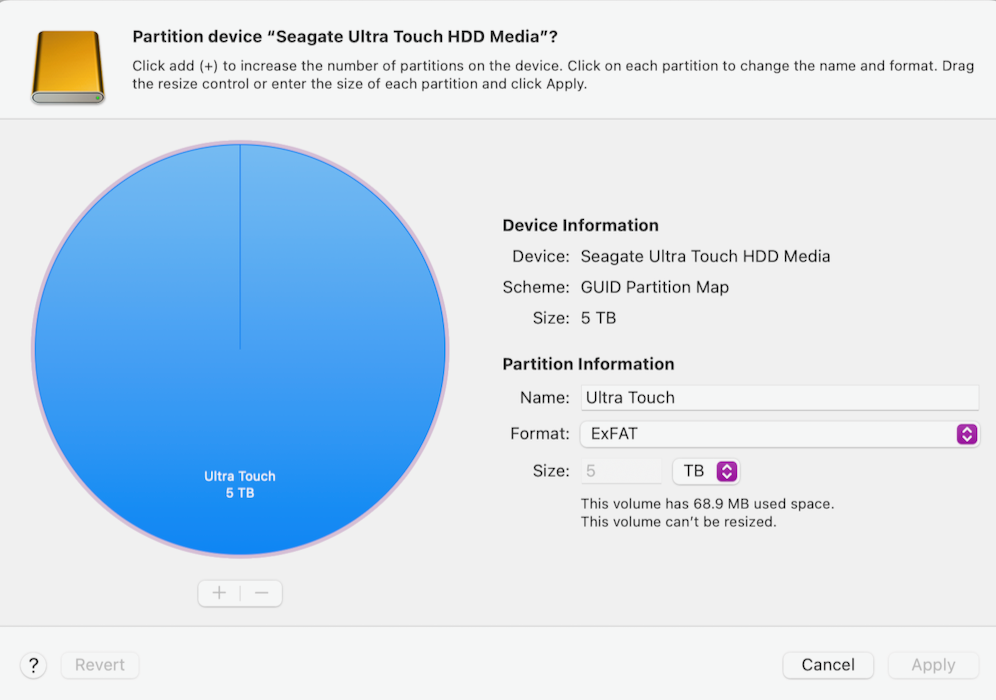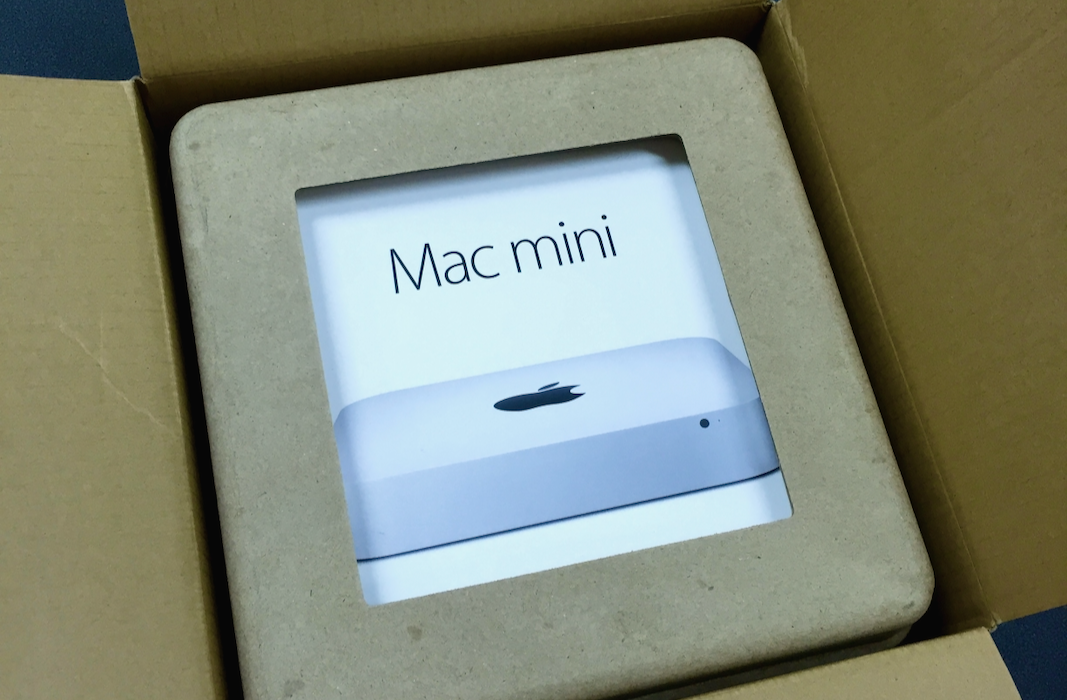eXtensions - Wednesday 4 September 2024
By Graham K. Rogers
![]()
It was sad to see that AnandTech, a really useful and responsible tech site shut up shop last week. It will be sorely missed. As I have many images (digital and scanned) I upgraded to a larger disk this week. Canva increases fees considerably. Next week, the new iPhones are expected. New M4 Macs will probably come later, including a new Mac mini: minus USB-A, but with more USB-C ports. Despite expert comments it won't have a power brick, because the Mac mini hasn't had these since 2010.
I had a minor shock last Friday evening when I read the announcement from Ryan Smith about the end of AnandTech, a site whose technical expertise and quality output has kept my interest for years. It was one of the most reliable sites with a high level of technical expertise with reports that were unbiased. However, there was some frustration expressed (I can't believe I have to make this table) when it was found that several Android phones were cheating on benchmarking. I used that in teaching (Ethics) following the VW Dieselgate scandal (back in the news this week as Martin Winterkorn appears in court - Kate Connolly, Guardian).
Handset makers (not Apple) were detecting the presence of certain benchmarks and raising thermal limits (and thus max GPU frequency) in order to gain an edge on those benchmarks Anand Lal Shimpi and Brian Klug. As I noted in my teaching notes, I loved this article because of the heading of the table. . . .

A look through the article will show how thorough the testing was and why this site will be so missed. There were several comments online about this unexpected closing of such a valuable site, but those by John Gruber (Daring Fireball) perhaps sum up the feeling best: "There was no publication like AnandTech before it was founded, and there's been no publication like it since. To say that it will be sorely missed is a profound understatement."
Filling in some of the gaps from the end of AnandTech is another long-running site: Tom's Hardware. This site carried an interesting story this week on the discovery and examination of a fake chip (Mark Tyson). A user bought what was advertised as an AMD 7800X3D, for €300: €100 less than the normal price, which perhaps should have been a red flag right away. It looked OK when it arrived, but did not seem to work. Der8auer was contracted and was intrigued enough from the look of the chip to pay the user for the chip so he could have a look (and the user could buy a real one). In the linked 13-minute video (worth watching) he explained that he could do this precisely because of advertisers and sponsors.
He had noticed that the color looked wrong, and reported a couple of other signs that suggested this was a fake. After measurements and other tests, he took the top off only to find there was nothing inside, despite some elaborate features designed to fool buyers. Der8auer was impressed by the steps taken to create the false chip, which must have taken considerable time and some sophisticated engineering resources. Why go to all that trouble? He speculated that this is part of a wider scam, perhaps involving contracts or other forms of deception.
Last week, I updated my archive of original photographs. I keep all of the most recent RAW images and TIFF scans on SSD at home, while iCloud stores originals of those images not deleted. I also keep all of the negatives. The image files are hefty, with the D850 RAW images coming in at about 70MB each, and the TIFF scans at between 60-200MB, depending on scanner settings. Color films are usually larger. Although I prefer working with black and white film, I do experiment with color on occasion.
 To save disk space, I also maintain a disk at the office that also contains a Photos library of imports from when I used Aperture (about 25,000 images there). When I updated the 2 TB office disk, it ended up with some 400MB spare. I have had the LaCie disk for a while anyway, so thought it would be smart to pick up a new, larger disk. Spare capacity is always useful.
To save disk space, I also maintain a disk at the office that also contains a Photos library of imports from when I used Aperture (about 25,000 images there). When I updated the 2 TB office disk, it ended up with some 400MB spare. I have had the LaCie disk for a while anyway, so thought it would be smart to pick up a new, larger disk. Spare capacity is always useful.
I have a few SSD disks, but these are still relatively expensive here: a 2TB Samsung SSD cost me around 7,000 baht recently. After a look around I decided on the 5GB Ultra Touch hard disk from Seagate which connects via USB-C. There was a lot of French on the packaging, suggesting either a link to France (of course) or Canada. Like WD (soon expected to expand here), Seagate do manufacture disks here. Their new factory in Korat is reputedly the bigggest HD plant in the world.
As well as the labels offering me 6 months of DropBox and access to a cloud photo storage service, I also noted the Disk Recovery service offered by Seagate. As expected, literature with the disk showed that Windows and Mac setup software was included, but noted that, if Time Machine were to be used, the disk would have to be formatted for Mac as it was pre-formatted exFAT (PC and Mac). I always do this anyway, so on Sunday morning connected the disk to the MacBook Pro using the white, USB-C 3.2 cable that came in the box.

The disk showed on the Desktop (always a good sign). Although it showed the 5TB capacity, 68.9MB had already been used: the installers. I started Disk Utility which would be used to reformat the disk. Some disks, like the Samsung 2TB T7 SSD I bought a few months ago, come with a second partition, but this showed just one. I had the choice of macOS Extended (Journaled, Case-sensitive Journaled), or AFPS (with 4 options: Standard; Encrypted; Case-sensitive; or Case-sensitive Encrypted). After considering these options I decided on the standard AFPS.
I pressed Apply and a warning appeared about total deletion of data. Cancel is the default option (in case anyone hits the Enter key automatically). I clicked on the Partition button and the disk was erased. A new partition was then created. It all took about 12 seconds. In the process I lost the nice Ultra Touch icon, but I had taken a screenshot, so copied that and pasted it into the Finder, Information panel for the disk. It now has a black border, showing the disk in a unique way.
 When Affinity Photo first arrived, I downloaded this and bought a full license, later visiting the premises of Serif when I was in the UK a few years ago. The executives I met and the staff were welcoming. I was disappointed when they sold the company to Canva last year and there were several negative comments online, more about Canva than Serif. Canva has just announced a series of price increases up to 300% (and more), in preparation for an IPO, which are leaving users unhappy (of course) with some leaving for other platforms.
When Affinity Photo first arrived, I downloaded this and bought a full license, later visiting the premises of Serif when I was in the UK a few years ago. The executives I met and the staff were welcoming. I was disappointed when they sold the company to Canva last year and there were several negative comments online, more about Canva than Serif. Canva has just announced a series of price increases up to 300% (and more), in preparation for an IPO, which are leaving users unhappy (of course) with some leaving for other platforms.
The increased subscriptions are focused on the the business-oriented Canva Teams subscription. Canva has not changed pricing for the Affinity products, "but the company reserves the right to change that at any time" - including the lifetime licenses. The company is being compared with Adobe over this. Jeremy Gray (PetaPixel) reports on Canva's actions (and user comments). Also reporting on this is Kyle Wiggers (TechCrunch) who notes that the company is "blaming the move in part on generative AI."
Although next week it is expected that Apple will announce the next iPhone, with perhaps some related products, there was some speculation that other products would be announced, including new M4 Macs. That appears to have abated now, and most suggestions are that any Macs will be revealed in November. I think October would be better to make sure the end of year markets are covered and to avoid the Presidential election, but that is just based on opinion.
Several sites commented about the rumor of a Mac mini update, including iDownload Blog (Christian Zibreg). That has been expected for a while, but the interesting part of the rumor is that the USB-A ports will be removed in favor of expanded USB-C connections. Almost all of the connections I have use USB-C these days, so the older ports are a waste a of space for me (I have adapters if I do need to connect an older device) while I have had to buy an adapter to allow me to connect more USB-C peripherals, mainly for file transfers (see the notes on a new hard disk). A quote in the article caught my eye concerning a power brick. What power brick? I asked myself.

The source, as with most rumors these days was Mark Gurman and he wrote, "I've also been told that the computer's power supply will be internal, so don't expect to need to lug around a separate brick" (Gurman). My Mac mini doesn't have a power brick; but to be sure I checked when I went into the office. Sure enough, the power goes straight into the rear of the device from the mains cable. I also checked with a colleague who has a Mac mini from 2016 (still going strong): no power brick. I cannot remember when the Mac mini had a separate power source so checked online. The original Mac mini did have a separate 85W power supply but with the redesign in 2010, the device was equipped with an internal power supply. As I tell my students, Check your facts. Or is this AI?
Graham K. Rogers teaches at the Faculty of Engineering, Mahidol University in Thailand. He wrote in the Bangkok Post, Database supplement on IT subjects. For the last seven years of Database he wrote a column on Apple and Macs. After 3 years writing a column in the Life supplement, he is now no longer associated with the Bangkok Post. He can be followed on X (@extensions_th). The RSS feed for the articles is http://www.extensions.in.th/ext_link.xml - copy and paste into your feed reader.

For further information, e-mail to
Back to
eXtensions
Back to
Home Page